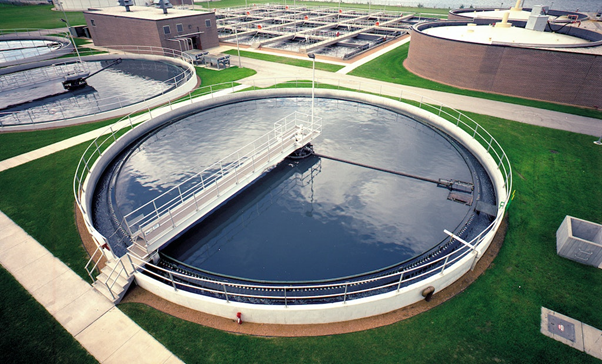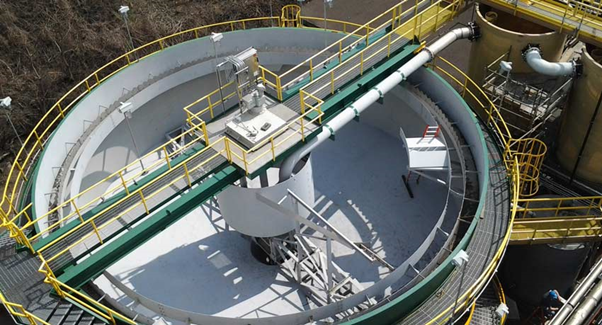What is a clarifier in a Wastewater Treatment Plant?
Clarifiers are tanks built with a mechanism for continuous removal of solids deposited by the sedimentation while filtering the water. Its general use is to remove the solid particles from the liquid for clarification and thickening. The concentrated impurities discharged from the bottom of the tank are known as sludge, and the particles that float on the surface of the liquid are known as scum.
Sedimentation tanks play an essential role in treating wastewater, and the primary treatment includes the removal of floating and settleable solids through sedimentation.
Clarification is an essential step in the wastewater treatment process to remove the solids through gravity settling for providing a clarified and clean liquid. These are also used to remove the materials like oil, grease, solids etc. A clarifier is generally divided into two types:

